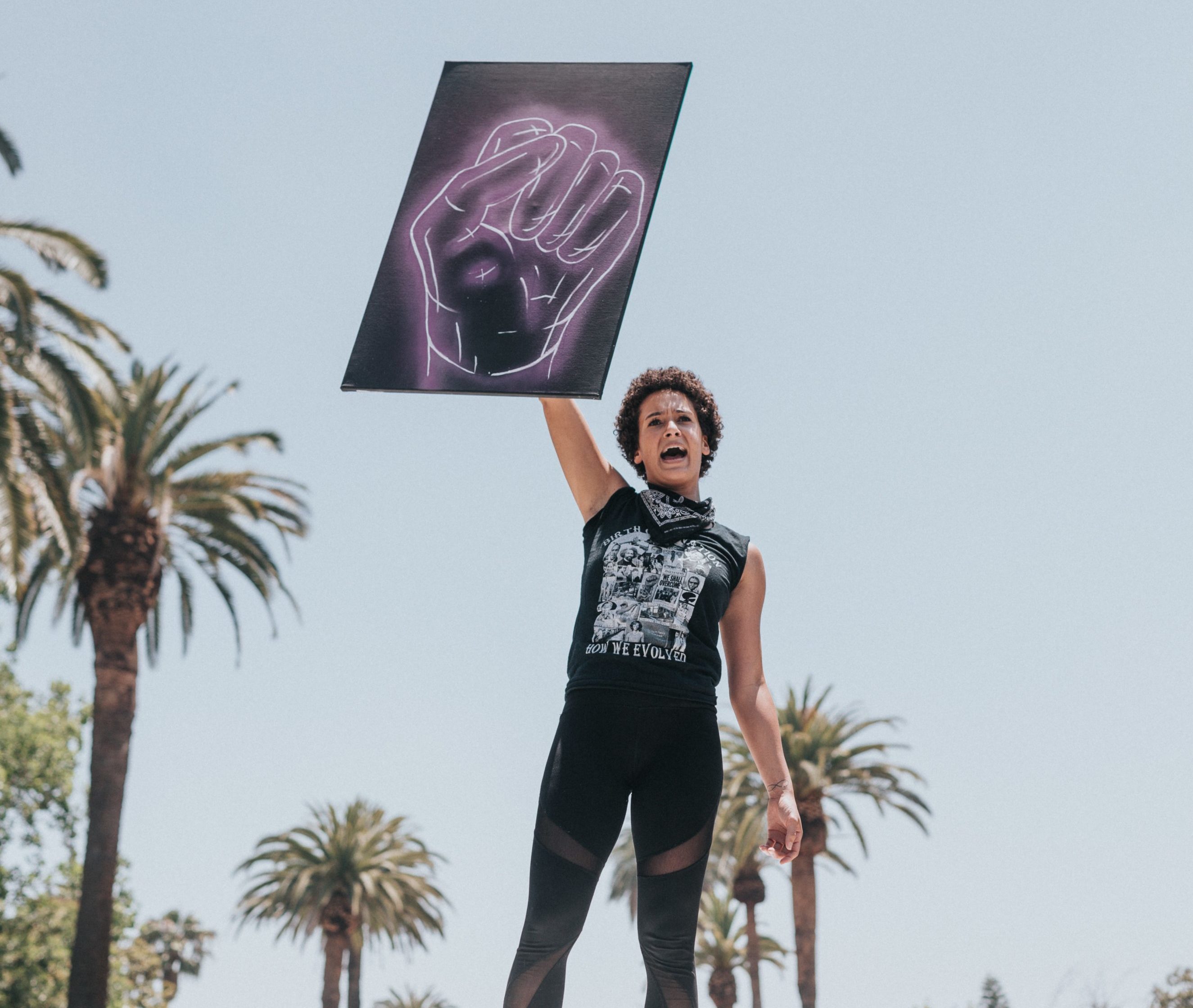How Twitter Thrives As A Fully Remote Organization w/ CHRO, Jennifer Christie
In March of 2020 when COVID-19 hit the US, many organizations updated their remote work policies at least temporarily to allow people to work from home. Twitter made headlines in May by announcing that a remote work option would be available to their 5,000+ full time workforce, forever!
In the latest Best-Self Management podcast episode, I sat down with Jennifer Christie, the VP of People and Chief Human Resources Officer at Twitter, to discuss what she has learned from making the shift to fully remote, Twitter’s progressive plans around benefits and supporting working parents, their “return to office” strategy, and their proactivity around creating a more diverse and inclusive company.
Learn how 15Five’s HRIS integration can unlock the power of your people data by leveraging AI for HR.
The Fully Remote Organization
Even before coronavirus, Twitter allowed employees to work remotely as part of their larger strategies around decentralization and Diversity & Inclusion. Now as a fully remote organization, in order to maintain the camaraderie that existed in the office, Jennifer and her team find ways to maintain deep connections between Tweeps—Twitter employees— in the remote space.
Additionally, they have shifted their benefits plan to support people’s health and well-being in a new reality where gyms are closed and people need certain staple office equipment to be successful when working remotely.
[CTA “Subscribe to our podcast, and never miss an interview with the world’s top HR leaders like Jennifer.”]
Hopefully, in the next year or so, the health risk will abate and people will begin returning to the office once it is safe to do so. Twitter, like many other businesses, are planning a “return to office” strategy that includes making offices available for the people who want to return to a shared physical working space. For now, Jennifer shares how to maintain social and emotional connections without a physical office and why it’s imperative that companies start planning for this readjustment now.
HR as a Strategic Partner To Leadership
None of the strategy around successful remote work would be possible unless company leaders know just how important their people are. Thriving while going fully remote during a worldwide pandemic depends on how an organization’s highest levels relate to HR and people. Jennifer explained just how important people are at Twitter and why…
What follows is a transcribed and edited portion of the Best-Self Management Podcast Episode 28: How Twitter Thrives As A Fully Remote Organization.
David: Your bio says that you’re both the VP of People and Chief Human Resources Officer, and that you work with the executive team and the Board. In a lot of organizations, HR people feel like they don’t have enough clout and they’re not seen as a real strategic partner, but it sounds like you are. How does the Board relate to people strategy at Twitter?
Jennifer: Twitter is really special. We come across as a big company, but we are very lean as an organization relative to other companies. There’s not a lot of hierarchy, and there’s a lot of accessibility among leadership and all through the ranks. People can email Jack [Dorsey] or DM him, or anyone on the staff, and people can have a voice. I definitely feel like I’ve got a seat at the table with senior leadership.
The Board is very accessible and very engaged when it comes to people. In every meeting, there’s a whole section on people. We cover different topics, and regularly discuss Diversity and Inclusion which is very important to them.
Senior leadership and the Board give more than just lip service to people issues. They recognize what a strategic driver the people team can be and how important our Tweeps are. I didn’t have to convince them of that, they already knew that. Our service is about people, our company is about people.
David: Have you worked in organizations where it wasn’t elevated to that level?
It’s not so much about the organization as it is about the evolution of Human Resources. HR started out as “Personnel”. Especially in Silicon Valley, I think HR was definitely someone to hire and pay people, more of an administrative function.
Even outside of tech, HR had a slower road to being more of a thought partner and a strategic driver. And I do think, especially in Silicon Valley over the last few years with all the issues that have been coming up that are very employee-based, I think there’s a lot of companies like, “Oh, HR. Yeah. I think we probably need to invest more here.”
I also think being in tech, more than I’ve seen in other industries, there is a such a reliance on data and analytics and in the HR space, that started out as reporting, and then they got a little bit into, “Oh, let’s do surveys.”
But now People Analytics is a real thing, right. I’ve got a really awesome team and it’s the insights that we get in terms of what’s happening and are able to track, and we’re actually very transparent with our data.
Transparency is definitely something core to our culture too, very similar to our service in terms of that everything is available and it’s on there and open, it’s transformative, it holds people accountable, it makes sure everyone’s on the same page. But the insights that we get from that analytics also gives us a real seat at the table.
And I will say that there’s four core objectives that we are tracking for the next three years. One of them is about people. It’s about our decentralization strategy, which is about diversity and talent. And the whole company has signed up for that. So it’s not an HR objective that we’re reporting out occasionally, every month we’re getting in front of senior leadership. And we’re talking about where we are against this objective.
Listen to the full episode to learn about how Twitter helps remote employees with resources, remote benefits, setting boundaries around work, and supporting parents when school and camp are closed:
Jennifer Christie is VP, People and Chief Human Resources Officer at Twitter. She leads the global People team and works with the executive management team as well as the board of directors to support the strategic direction of the company. Specifically, Jennifer oversees talent acquisition and management, diversity and inclusion, people systems and analytics, organizational and performance management, training and development, and total rewards and mobility. Jennifer also leads the HR Business Partner teams globally that support the engineering, product, sales and partnerships, and corporate function organizations. Twitter’s global real estate and workplace organization is also a part of the People Team that she leads.
David Hassell is a business columnist, speaker, and serial entrepreneur who believes that when leaders institute cultural practices that support each person in being and becoming their best self, high performance and uncommon loyalty naturally result. As co-founder and CEO of 15Five, David created the science-inspired Best-Self Management methodology that helps leaders and managers address the hidden factors that stimulate sustainable growth and development – things like intrinsic motivation, strengths, and psychological safety. David has been featured in The Wall Street Journal, Inc., Entrepreneur, Fast Company, and Wired. Follow him on Twitter @dhassell.




